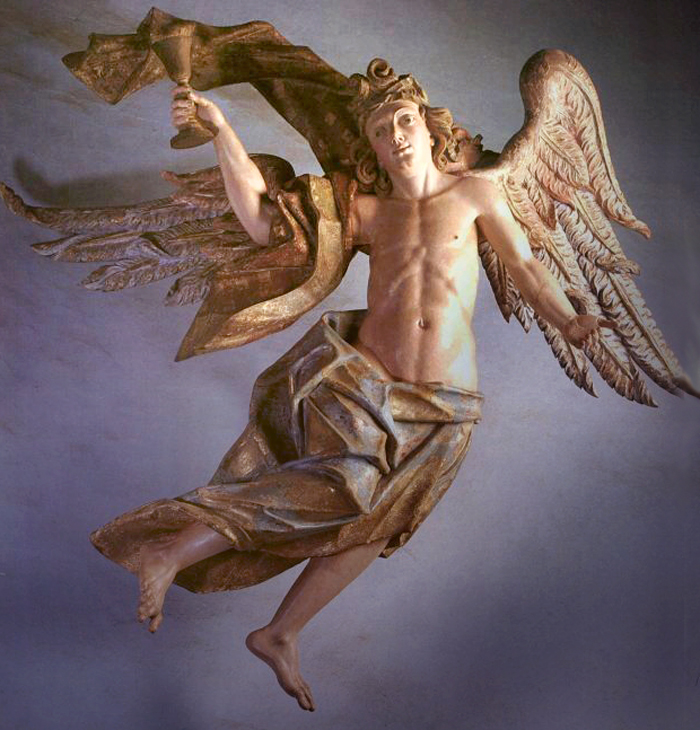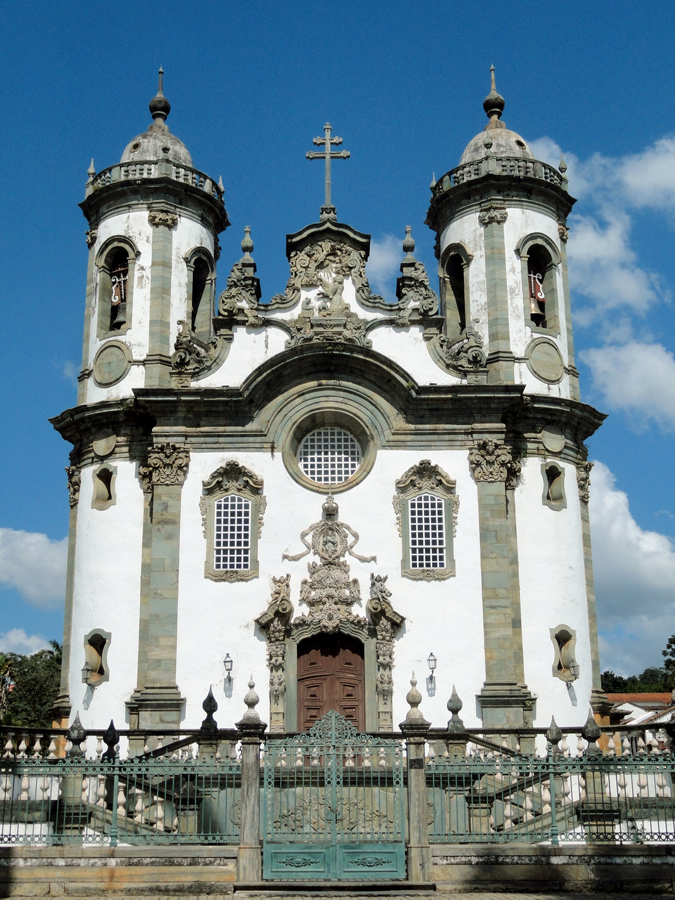Aleijadinho – Life and Work of the sculptor Aleijadinho
Antônio Francisco da Costa Lisboa, known as Aleijadinho, was born in Vila Rica, which is now called Ouro Preto, in Minas Gerais. There are no official documents proving the date of birth of Aleijadinho, however it is estimated that it was on August 29, 1730.
Working in the workshop, with family members, served to help the boy begin his development as a sculptor. The professional experience was perfected with João Gomes Batista and José Coelho de Noronha, two Portuguese who did carving and drawing work in the village's churches.
Aleijadinho's life and very existence are a mystery, mainly due to the lack of documents proving the artist's activities.
The work “Biographical Traces Relating to the Late Antônio Francisco Lisboa”, is the first biography of Aleijadinho, and was written just over a month after the artist's death. The narrative reveals him as a bohemian and a womanizer.
Aleijadinho was struck by an illness at the age of 40. The disease would leave him horrible, with major handling and mobility problems. As there is no proof of the case, the diagnosis interpreted by doctors is nervous leprosy.
Aleijadinho became a legend not only because of his quality as an artist, but also because the illness, which left him crippled, did not prevent him from working. Very weak and with parts of his body amputated, he walked on his knees and practically dragged himself to be able to move.
After losing his fingers, legend has it that he hammered with the tool resting on his fists. Deformed, his mouth was missing teeth, which ended up crooked, as well as problems with the position of his eyes and chin. Its appearance was similar to that of a monstrous creature, which caused fear in people.
Due to his physical characteristics, he avoided appearing publicly during the day. He left to do his work in the early hours of the morning. This helps even more to immortalize the hypothesis of his existence, mainly due to the fact that he was not seen by people. When he worked, he covered himself with a cloak.
Aleijadinho's works are divided into two phases. The first is determined by the normal style, when it was not yet affected by the disease. In the second, his style is considered gothic and expressionist. Therefore, the social figures of the time were deformed in their sculpture. Among them are the gentlemen and the white population.
Aleijadinho's main works
Angel with the chalice of the Passion, on the Via Sacra de Congonhas

Church of Saint Francis of Assisi in São João del-Rei

Aleijadinho's consecrated works are in the Bom Jesus de Matozinhos Sanctuary, in Congonhas do Campo. There are 66 sculptures in cedar wood and 12 in soapstone, all in the Portuguese Baroque style, featuring the artist's Gothic style.
Other cities in Minas Gerais also house works by the artist, such as Ouro Preto, Congonhas do Campo and Sabará. It is estimated that Aleijadinho died in Mariana, Minas Gerais, in 1814.
